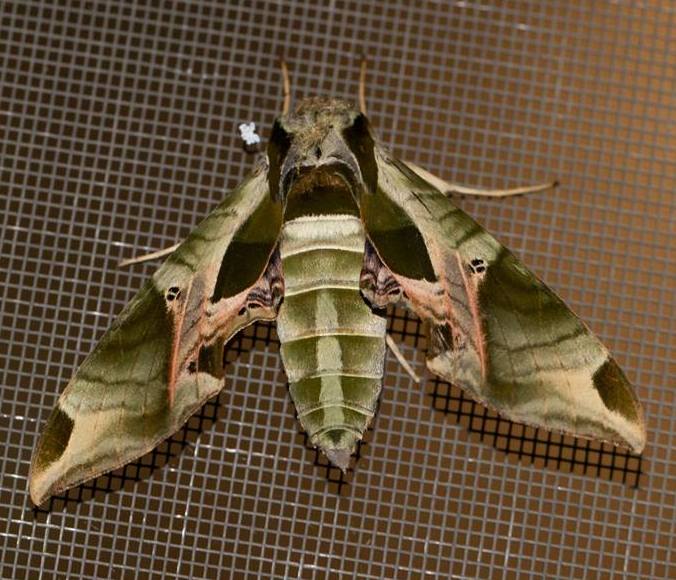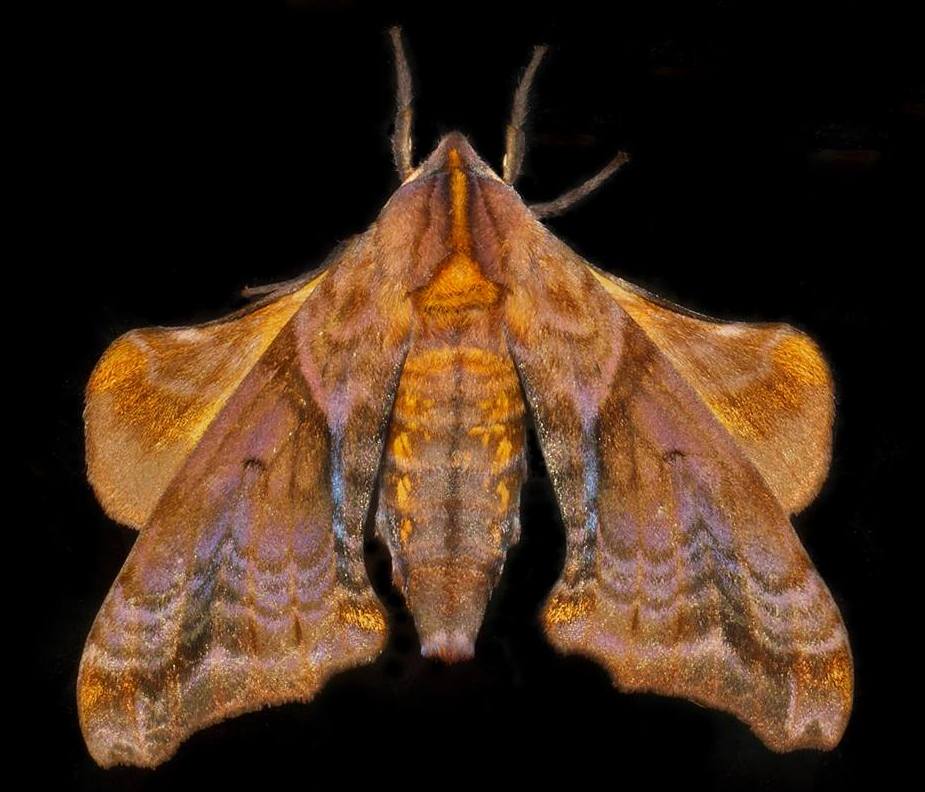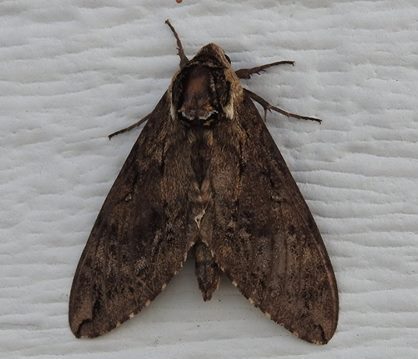ECOLOGY ▪ EDUCATION ▪ ADVOCACY



Sphingidae: Named for the resemblance of the caterpillars to an Egyptian Sphinx.
The suffix idae is standard taxonomic nomenclature to indicate that the word is a zoological family.
Sfinj-id-ee
Hornworms
Family Sphingidae is a large family of medium to large strong-flying moths with over 1,500 species worldwide on every continent except Antarctica. The Spingidae family is divided into three subfamilies: Macroglossinae, Smerintinae, and Sphinginae. Members of all three subfamilies are found in Indiana.
Several of the adult Sphinx moths have the longest tongue of any of the members of the Order Lepidoptera, which allows them to drink nectar from hard to reach flowers, and they are considered to be effective pollinators. Some members of this family do not feed as adults, however. Many members of this family are purely nocturnal as adults, whereas others are crepuscular and some are even diurnal.
Most Sphingidae caterpillars (known as “hornworms”) have a prominent dorsal “horn” at the tip of their abdomen, and many are considered minor agricultural pests.
This map shows the confirmed sightings of the family Macroglossinae Indiana. All sightings were confirmed through photographic documentation by individuals that contributed to the Great American IN Nature Lepidoptera Project (GAIN LP).
 |
GAIN LP documented in county. |
Kitching, I.J. 2018. Sphingidae Taxonomic Inventory, http://sphingidae.myspecies.info/, accessed on [18 October 2018).
Buchman, S. (2018). Hawk Moths or Sphinx Moths. [online] Fs.fed.us. [Accessed 18 Oct. 2018]
https://www.fs.fed.us/wildflowers/pollinators/pollinator-of-the-month/hawk_moths.shtml
Macroglossinae courtesy of Ron Needham Smerinthinae courtesy of Brian Lowry, and Sphinginae courtesy of Rick Malad.